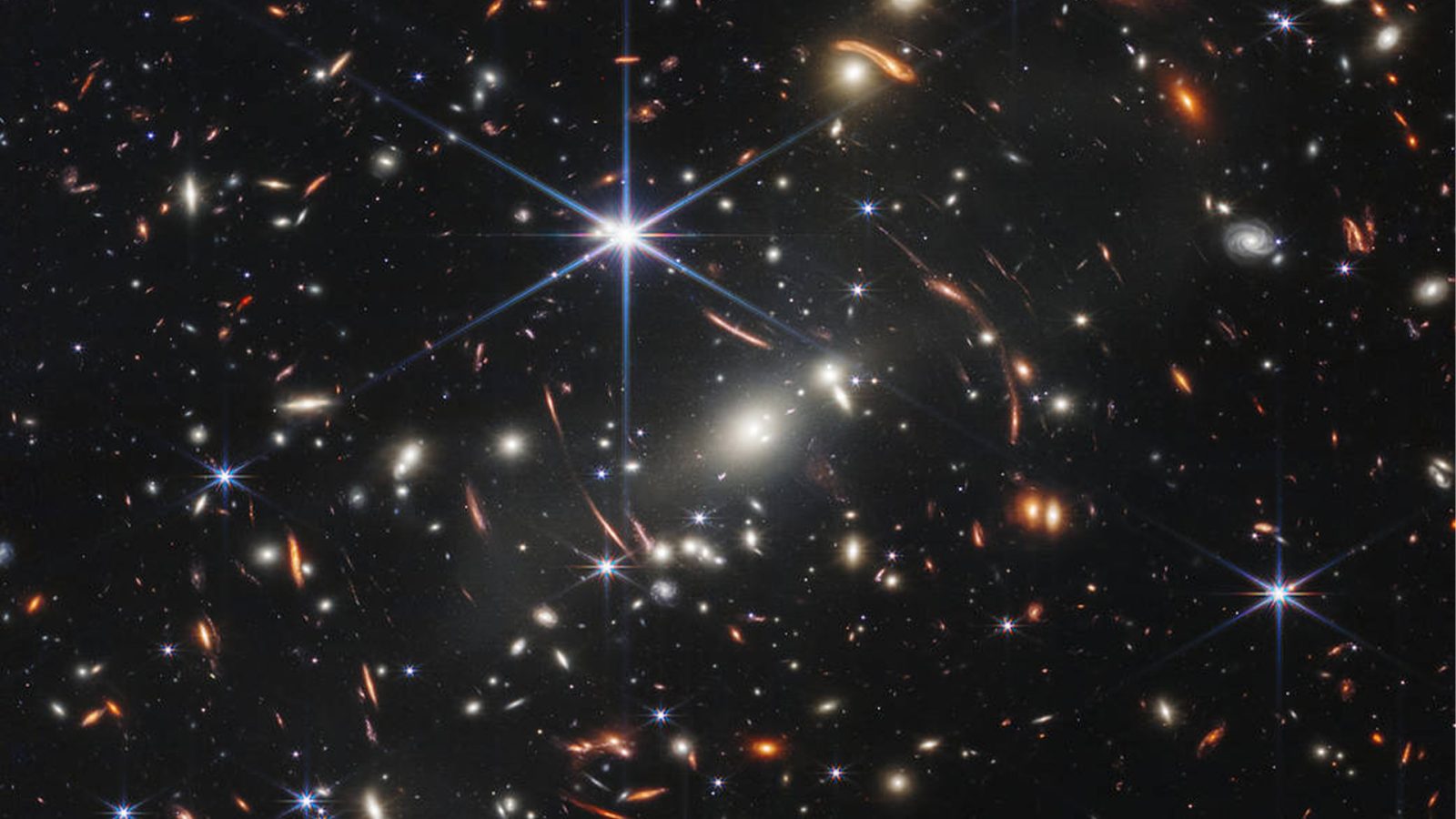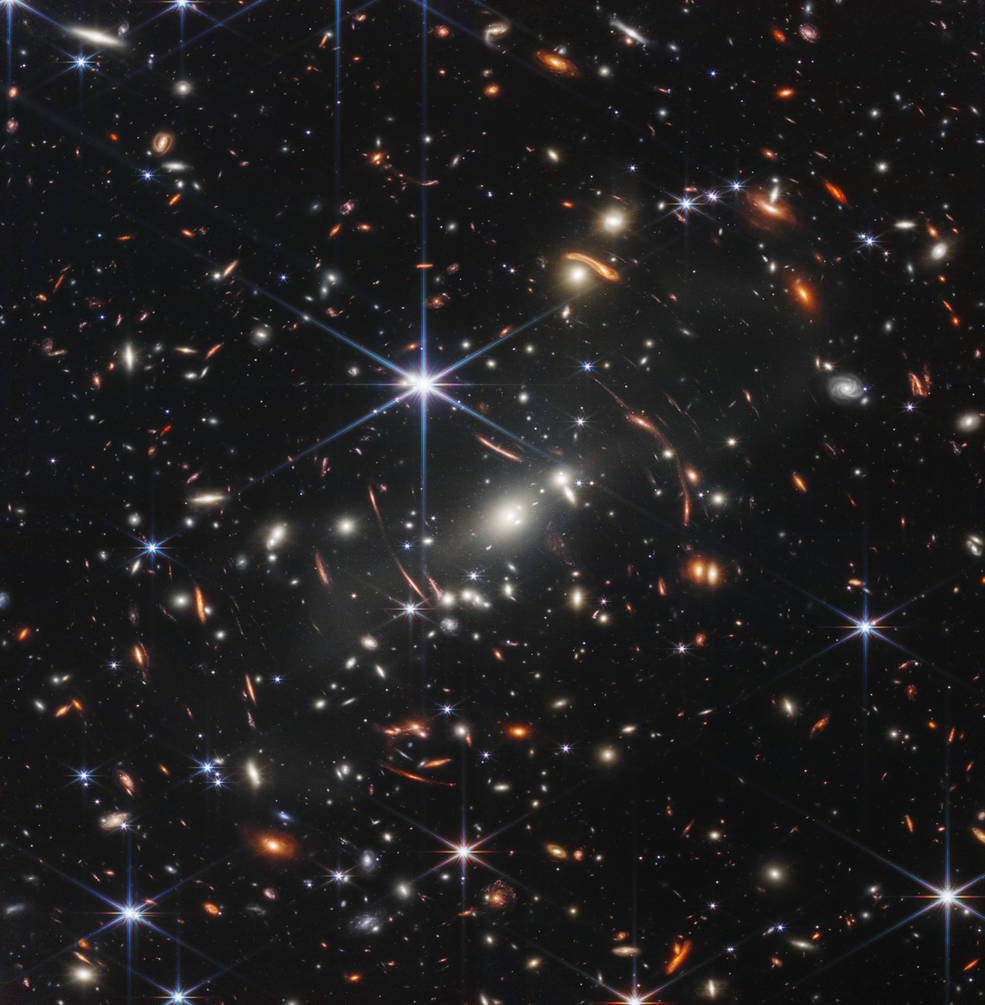
Today in an event at the White House, President Biden, Vice President Harries, and NASA Administrator Bill Nelson unveiled the first color image taken by the James Webb Space Telescope.
While initially planned to have all the images announced tomorrow at an event at the Goddard Space Flight Center. NASA announced Sunday that Administrator Nelson and President Biden would reveal one of the images at the White House Monday afternoon.
And wow did NASA not disappoint. James Webb Space Telescope’s first color image features what is known as SMACS 0723 (full name SMACS J0723.3-7327). Hubble visited this group of galaxies, showing a deep field of galaxies showing some of the furthest known objects we’ve been able to see, and now we can see even further.
To see further, NASA needed a newer and larger telescope, and that’s what JWST has been able to do. Launched on Christmas Day 2021, Webb has spent the last six months commissioning its instruments and sharing test photos along the way. But now we have the formal first color image from JWST, which looks like a grain of sand from our point of view but zoomed in, we can see thousands of galaxies. This photo by Webb was taken apparently in only one day, Hubble’s deep fields would take weeks to capture.

One of the specks of light in this photo dates back almost 13.5 billion years. This light almost dates back to what is believed to be the beginning of the universe (13.8 billion years ago). You can also see some galaxies being warped by gravity around clusters of more galaxies in the center of the image.
This same photo was taken by the Hubble Space Telescope but the detail is nowhere close to what Webb can provide. Remember this is only JWST’s first set of these color images, many more will come in hopefully a long life for the telescope.


This is just the first of many color photos JWST will release. At a separate event, NASA will release the remaining three images and the first spectrum data tomorrow. The remaining targets are:
- Carina Nebula – The Carina Nebula is one of the largest and brightest nebulae in the sky, located approximately 7,600 light-years away in the southern constellation Carina. Nebulae are stellar nurseries where stars form. The Carina Nebula is home to many massive stars, several times larger than the Sun.
- WASP-96 b (spectrum) – WASP-96 b is a giant planet outside our solar system, composed mainly of gas. The planet, located nearly 1,150 light-years from Earth, orbits its star every 3.4 days. It has about half the mass of Jupiter, and its discovery was announced in 2014.
- Southern Ring Nebula – The Southern Ring, or “Eight-Burst” nebula, is a planetary nebula – an expanding cloud of gas, surrounding a dying star. It is nearly half a light-year in diameter and is located approximately 2,000 light-years away from Earth.
- Stephan’s Quintet – About 290 million light-years away, Stephan’s Quintet is located in the constellation Pegasus. It is notable for being the first compact galaxy group ever discovered in 1877. Four of the five galaxies within the quintet are locked in a cosmic dance of repeated close encounters.
Of course, after this, many more images and scientific data will be released as researchers study the skies, hopefully continuing to inspire the world with immaculate photos from JWST.
FTC: We use income earning auto affiliate links. More.

Comments